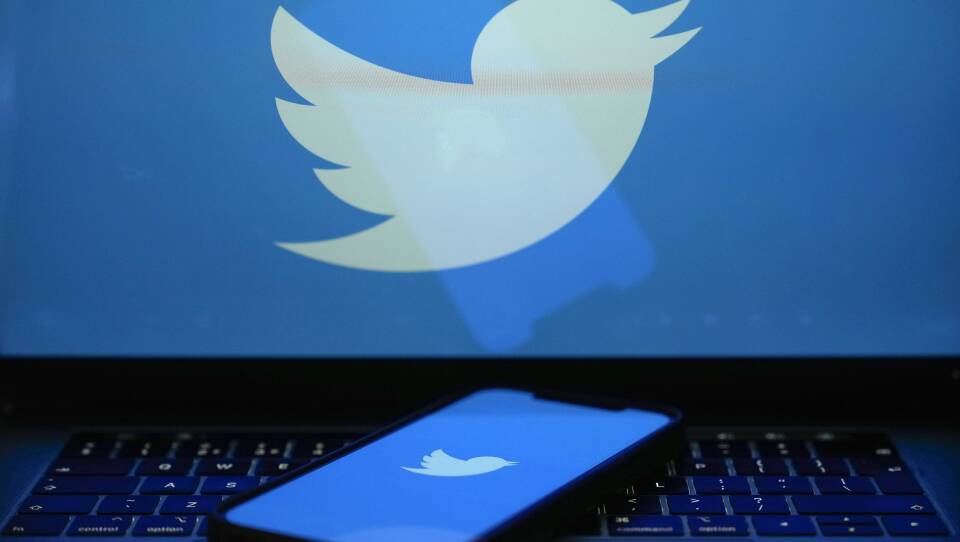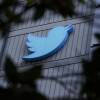Roses are red, checkmarks are blue. But if you don't have one, then what do you do? There's an endless stream of conversations about blue checkmarks on Twitter. And last week, New York's public transit system, the MTA, announced it would no longer be using Twitter for service alerts and information. GBH's Social Media Strategist Zack Waldman joined GBH’s Morning Edition co-host Paris Alston to talk about what’s happening in the social media zeitgeist. This transcript has been lightly edited.
Paris Alston: So, Zack, where does Twitter stand on blue checkmarks right now?
Zack Waldman: With the blue checkmark, that's an indication of, in theory, whether or not you have signed up for the new Twitter Blue subscription verification program. Twitter Blue costs $8 per month for individuals, and it goes for actually $1,000 per month for organizations. Checkmarks previously were always a symbol of authenticity and credibility. In the last six to 12 months, that is now certainly up for debate and in question.
More National News
Alston: Because anybody can buy one.
Waldman: Anybody can buy one. All it takes is this subscription fee per month to get that checkmark next to your account name on Twitter. There is certainly not as much trust in the checkmark. It has lost really significant luster.
Alston: Jeremy and I were both sad to lose ours. He was probably even more sad because he loves Twitter. But I mentioned the MTA, and our very own transit authority here, the MBTA, has told GBH News that it applied for free verified organization status and an associated gray checkmark from Twitter and that it has no plans to subscribe to Twitter Blue or to pay for verification status. Now, it is important to note that both of those organizations are still on Twitter. GBH is too, and we know that our mothership, NPR has left. What goes into an organization's decision to stay or to leave or to treat Twitter differently?
Waldman: We certainly gave a ton of time, effort, energy and thought into whether or not we wanted to remain active on Twitter. As a foundation, we represent so many differing production units and programs, individuals, at this company, and we made the decision that we felt like our audience was still there and we still owed it to them to be serving them with the content that we produce.
And I think it's also worth noting with the MTA specifically, is that decision that they made was very much based on no longer having free access to API, which is kind of the back end of Twitter's platform. One MTA official said that it was going to cost them upwards of $50,000 per month if they wanted to continue to access the API and therefore be able to send out those emergency alerts that are so critical to informing their audience, their commuters of what's going on with the MTA in New York. So paying to be able to continue to tweet at the rate and frequency that they were doing so before, it just didn't make sense literally for them. And it may mean where they're going to have to just beef up their communication levels on other platforms, be it email, newsletter, apps, website, so on and so forth.
Alston: Well, speaking of other platforms, let's talk a little bit about TikTok, because I heard that it's being used as a search engine now, for instance.
Waldman: It's kind of right there in the mold of a Google in terms of how it's being used by Gen Z-ers who are looking for search results on big time topics, whether it be in the news or pop culture. They actually just created this new feature called Featured Snippets. That's when a user on the platform will type in anything, whether it be bread baking or maybe information on a new legislative bill or more information on something going on in sports with the NHL or NBA playoffs. So now TikTok will give additional written context towards the top results that populate when they put in that search.
Alston: So instead of going to Google, you could just go to TikTok.
Waldman: It becomes a one-stop shop and you're seeing this across the board with so many social media platforms, where they're trying to make your experience on that platform A to Z, start to finish, where you don't have to go anywhere else for whatever you're looking for.
"As a strategist, I would say it's very unlikely that TikTok is going to be banned anytime soon."-Zack Waldman, GBH Social Media Strategist
Alston: Well, lastly, Zack, since we are talking about TikTok, what's the latest on the ban that some people have been pushing for?
Waldman: It's been a little quiet recently, to be honest with you. The big story was that the current Biden administration was looking to ban TikTok across the board, which is a huge undertaking, a huge endeavor. It remains to be seen what hurdles and what challenges they'll face when it comes to First Amendment rights within the courts. They have also asked, almost demanding in many ways, that ByteDance, which is the Chinese parent company of TikTok, sell to a U.S. company due to security concerns for U.S. users. And there are, I think, around 150 million users of TikTok in the country. It's no small number. So as a strategist, I would say it's very unlikely that TikTok is going to be banned anytime soon.
Alston: That is GBH's social media dtrategist Zack Waldman. Thank you so much.
Waldman: Thanks, Paris. Appreciate it.









